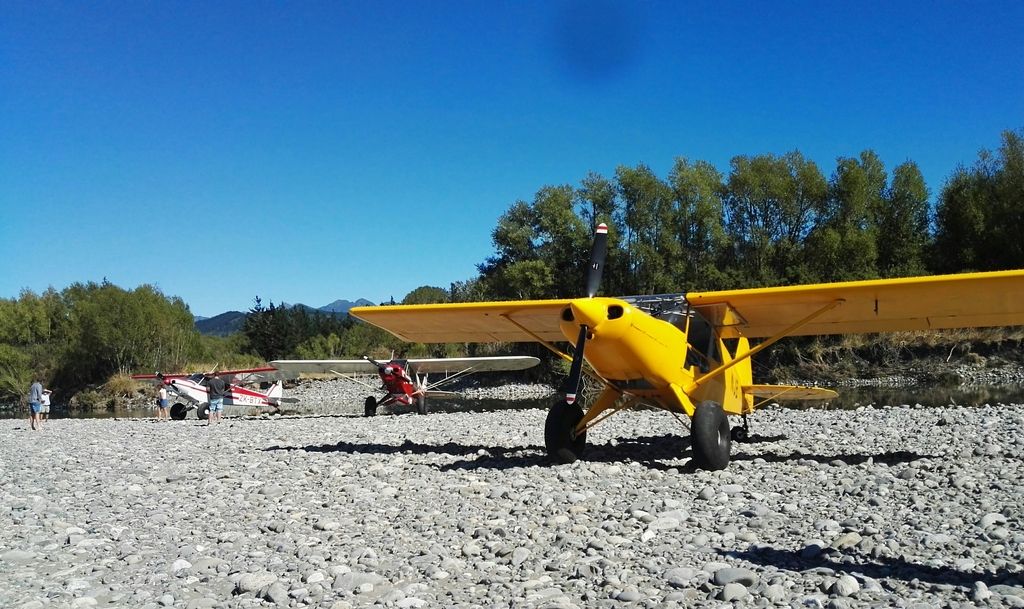Alaska Airframes has a slick shock absorbing tail wheel unit for sale. It uses the same three bolt mount as the Bearhawk.They say it fits any Super Cub mount. Does anyone know if the four place Bearhawk uses the same bolt pattern as a Cub? Does anyone know much about their tail wheel unit? I think someone with a Bearhawk might have tried an experimental one, maybe Dan Shilling.
Mark
Mark











Comment